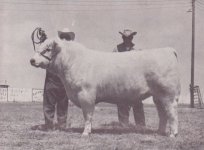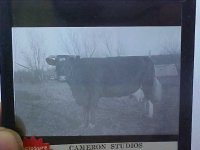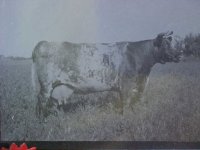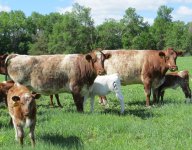Willow Springs
Well-known member
- Joined
- Nov 24, 2013
- Messages
- 68
I came across this Shorthorn bull in a customers tank the other day. Cane code is 29SS1, but ABS in Wisconsin doesn't have any record of him. looked on CLRC and only a few females were ever registered from him; including one at Muridale. Anyone know anyhting about him?
Here is his link at CLRC:
http://www.clrc.ca/cgi-bin/pedigree.cgi?_breedcode=MS&_countrycode=&_association=21&_regnumberprefix=M&_regnumber=424957&_regnumbersuffix=
Here is his link at CLRC:
http://www.clrc.ca/cgi-bin/pedigree.cgi?_breedcode=MS&_countrycode=&_association=21&_regnumberprefix=M&_regnumber=424957&_regnumbersuffix=




